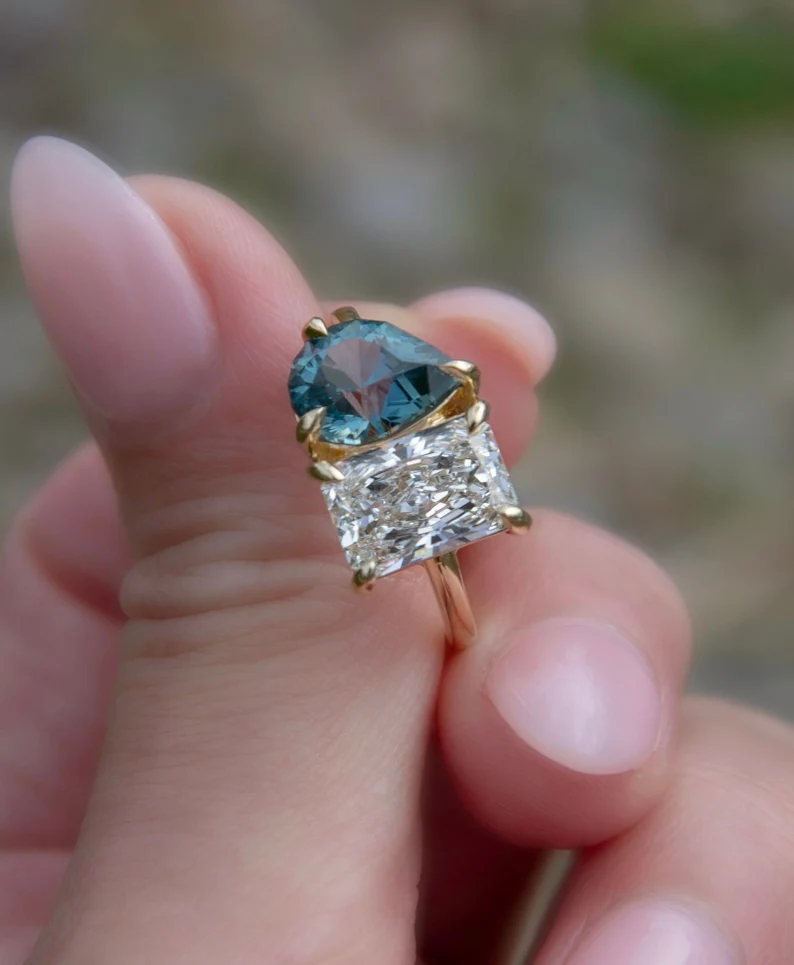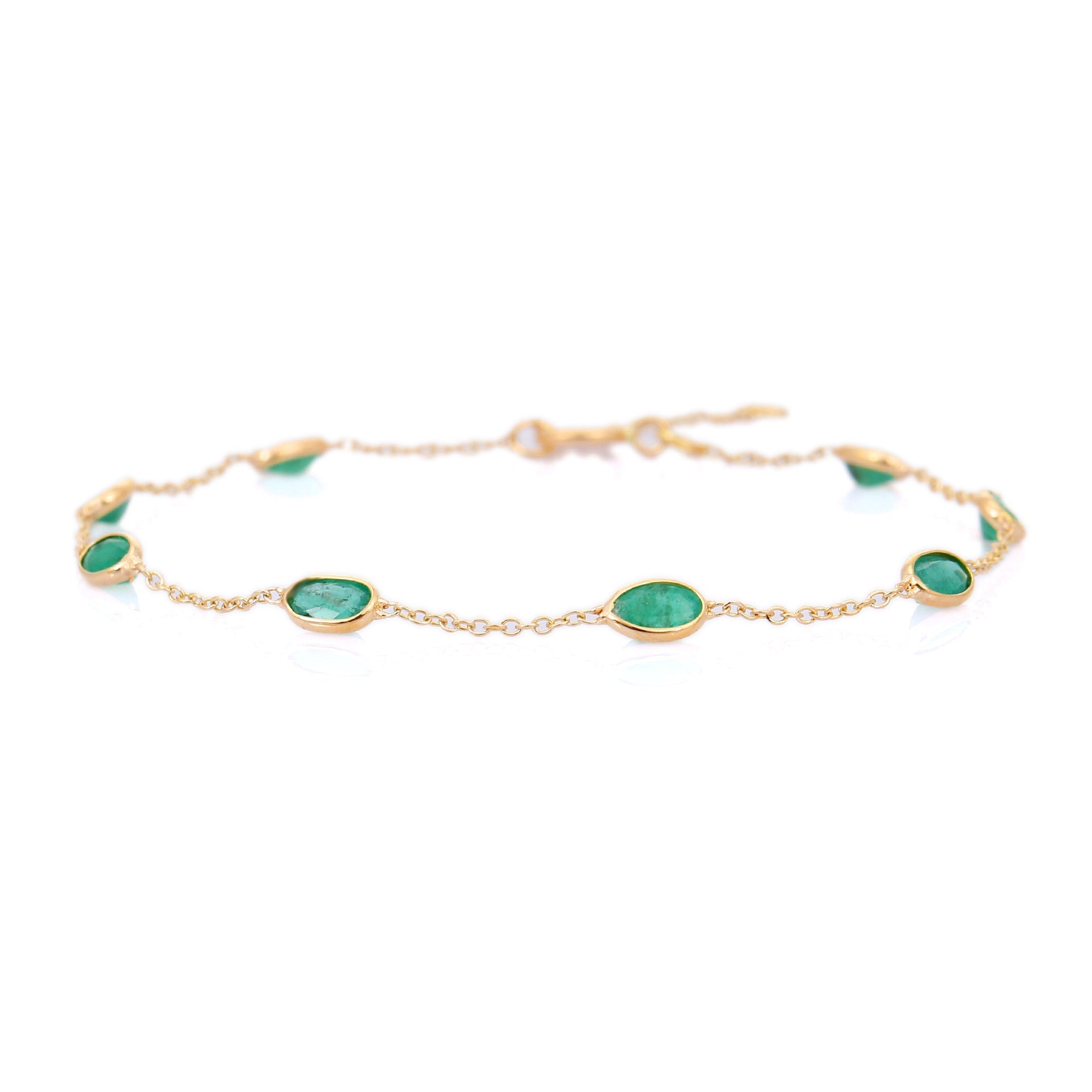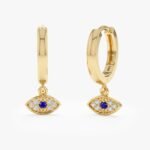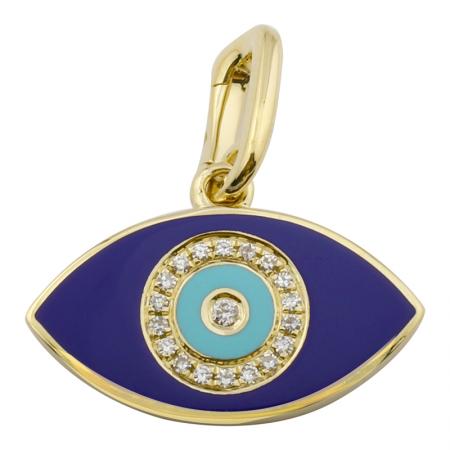Will Your Diamond Hold Value in 2025? Auction Data Says…

Auctions from 2022–mid‑2024 made one thing clear: not all diamonds behave the same as assets. Some diamonds have held and even grown in auction value. Many others barely recovered retail. If you own a diamond and wonder whether it will hold value in 2025, the answer depends on five concrete factors: natural vs. lab‑grown origin, carat size, cut quality and proportions, color/clarity and certification, and provenance (brand, historic importance, or setting). Below I summarize what auction results actually show and give practical advice for owners and sellers.
Natural vs. lab‑grown: the single biggest divider
What auctions show: Natural, mined diamonds continue to command higher prices at auction. Lab‑grown diamonds, even when visually identical, typically sell for a fraction of mined stones.
Why: Supply and rarity. The mined market is finite for older geological deposits and rare colors. Lab‑grown production ramped rapidly and created abundant supply, which depresses resale. Buyers at auction are generally investors and collectors who prize natural origin and verified provenance.
Practical rule: If your stone is lab‑grown, expect much lower realized prices in 2025 than what a retail invoice showed. If it’s natural and GIA/AGS certified, it has a chance to retain more value, especially above certain sizes and quality thresholds.
Carat size and price resilience
What auctions show: Value per carat is non‑linear. Stones above ~1.50 ct and especially above 3.00 ct hold value better than sub‑one‑carat stones.
Why: Rarity rises sharply with size. A well cut 2.00 ct D/VS2 will usually command several times the per‑carat price of a 0.75 ct with similar color/clarity. Auction buyers are willing to pay premiums for statement sizes because alternatives are scarce.
Example: Two near‑colorless rounds of similar clarity will price out very differently: a 0.85 ct (≈6.4–6.5 mm diameter) competes in a crowded market; a 2.05 ct (≈8.0–8.2 mm) is comparatively rare and therefore more resilient.
Cut quality and light performance matter more than color grade alone
What auctions show: Cut excellence—measured by proportions, polish, symmetry and light performance—translates directly to auction premiums.
Why: Buyers can see light return and brilliance in photos or in person. An “Excellent” or “Ideal” cut GIA/AGS stone that sparkles will outperform a higher color grade stone with poor cut. A 1.00 ct H VS2 with ideal proportions often sells better than a 1.00 ct D VS2 with a deep cut that looks dark.
Practical tip: If your diamond is close to 1.00 ct, measure its diameter (mm). A round with ideal cut will have diameter close to expected for weight (for 1.00 ct ≈ 6.4–6.5 mm). If it’s unusually shallow or deep, that hurts resale.
Color, clarity and the special case of fancy colors
What auctions show: Ordinary white diamonds (D–J range) follow expected curves: D–F and VS–VVS clarity do best. But fancy colored diamonds (pinks, blues, intense yellows, oranges) often outperform white stones dramatically.
Why: Fancy colors are rare. The market for top pinks and blues is small but deep, with collectors willing to pay premiums at auction. Provenance and rarity drive speculative bids. White diamonds, by contrast, are traded more broadly and are more sensitive to supply and economic cycles.
Example: A 0.75 ct fancy vivid pink can outprice many 3.00 ct white diamonds at auction because of scarcity and collector demand.
Certification, lab reports, and fluorescence
What auctions show: Stones with strong, current third‑party reports (GIA, AGS) achieve higher realized prices. Significant fluorescence, especially strong blue, can reduce auction value for near‑colorless stones.
Why: Buyers at auction want certainty. A GIA report that matches the stone, a laser inscription linked to the report, and clear photographs reduce perceived risk. Fluorescence can make stones look oily or hazy in some lights, lowering willingness to pay unless the stone is large or fancy colored.
Actionable step: If you plan to sell, get an up‑to‑date GIA or AGS report and request high‑quality light‑performance images or a well‑done ASET/Idealscope photo. That increases buyer confidence and price realizations.
Provenance, setting, and brand impact
What auctions show: Brand names and historical provenance add value. A 2.5 ct diamond from a Cartier mount or a piece owned by a notable person often outperforms the same loose diamond at auction.
Why: Buyers pay for story and trust. A branded setting signals quality and offers additional buyer demand. Historic pieces attract collectors beyond the stone’s technical specs.
Example: A 1.5 ct D/VS1 in a major maison’s engagement ring can realize higher net proceeds than a loose 1.5 ct with the same specs sold without provenance.
Market conditions, fees and realistic expectations
What auctions show: Auction houses charge fees (seller’s commission, buyer’s premium, insurance, marketing) that typically total 15–25% of the hammer price. Economic context matters: interest rates, stock market performance and jewelry demand influence bids.
Why: Fees reduce net proceeds. In a higher‑rate environment, discretionary spending tightens, reducing competitive bidding for non‑rare stones. Conversely, in times of market stress, collectors often bid on rare fancy colors as alternative assets.
Realistic expectation: Don’t expect retail price recovery unless your stone meets the rarity/quality/provenance profile above. For everyday pieces (1.0 ct, I–J color, SI clarity, factory retail setting), auction results often come in below net retail after fees.
Practical checklist if you want to sell in 2025
- Confirm natural origin and get a current GIA/AGS report. Buyers demand it.
- Assess cut with measurable proportions or light performance images. Recutting can help but is expensive and reduces carat weight.
- Consider selling branded or historic pieces at specialist auctions—those attract collectors and higher margins.
- For lab‑grown stones, consider trade or retail channels; auctions rarely recover retail price for these.
- Set realistic reserves and understand all fees. Factor in a 15–25% total cost before you estimate net proceeds.
Bottom line
If your diamond is a natural, well‑cut stone above ~1.5 ct, with strong color/clarity and a GIA/AGS report—or if it’s a rare fancy color—it has a fair chance to hold value or even appreciate at auction in 2025. Most smaller, lower‑grade, or lab‑grown stones are unlikely to recover retail price once auction fees and market conditions are factored in. The clearest path to better auction outcomes is verifiable rarity: natural origin, certified quality, excellent cut, and proven provenance.




